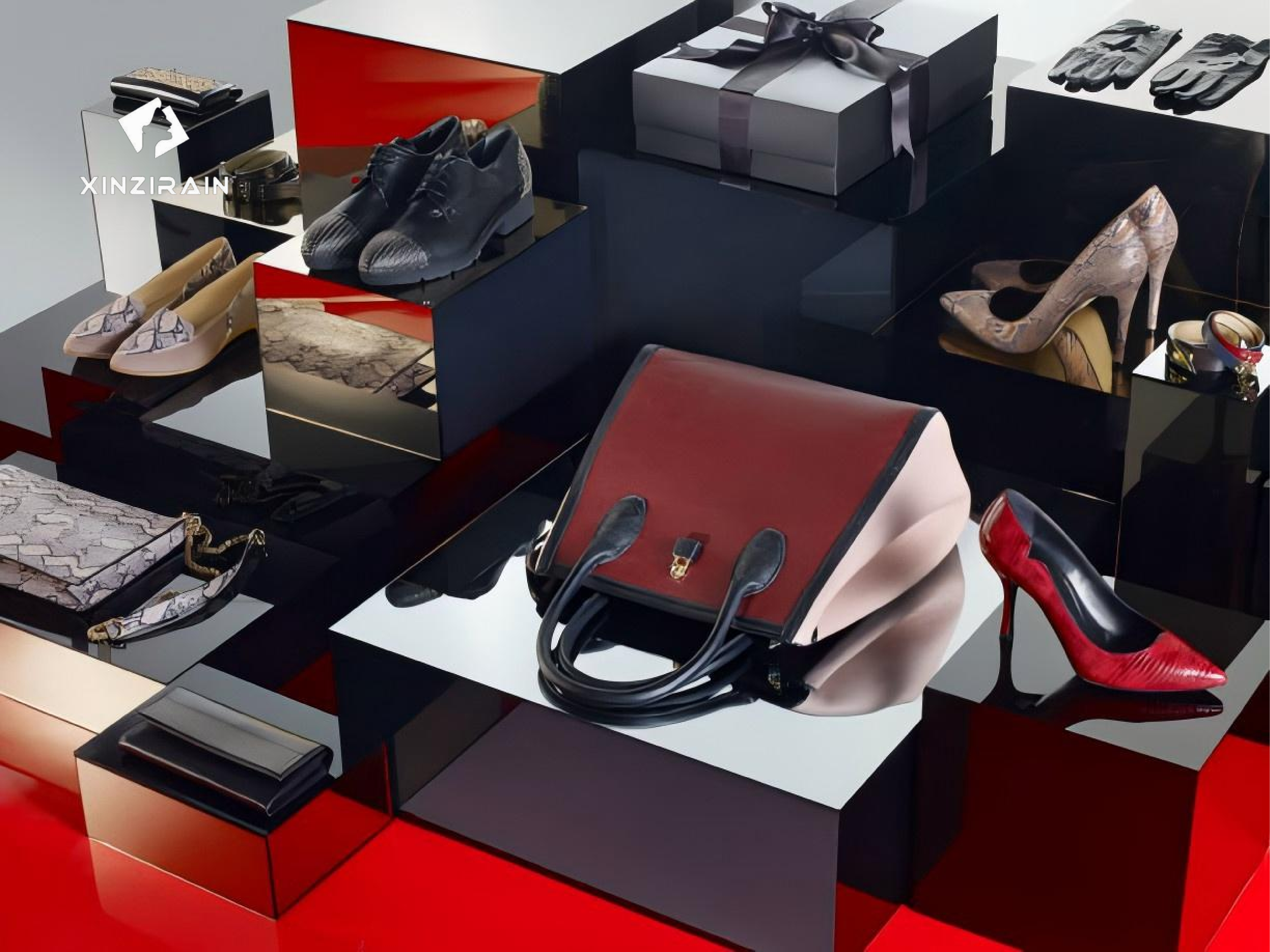
Lai sāktu somu izgatavošanas biznesu, ir nepieciešams stratēģiskās plānošanas, radošā dizaina un nozares ieskatu apvienojums, lai veiksmīgi nostiprinātos un paplašinātos modes pasaulē. Šeit ir sniegta detalizēta rokasgrāmata, kas izstrādāta, lai izveidotu ienesīgu somu biznesu:
1. Nosakiet savu nišu un auditoriju
Vispirms nosakiet somu stilu un tirgus nišu, ko vēlaties ražot. Vai jūsu mērķis ir ilgtspējīgas somas, augstas klases ādas rokassomas vai daudzfunkcionālas sporta somas? Izpratne par mērķa demogrāfiskajām un pašreizējām tendencēm, piemēram, pieprasījumu pēcvidei draudzīgi materiālivai unikāls dizains, palīdz noteikt jūsu produkta pievilcību un cenu noteikšanas stratēģiju

3. Avota kvalitātes materiāli un aprīkojums
Lai apmierinātu klientu vēlmes, iegādājieties augstas kvalitātes materiālus, kas atbilst jūsu zīmolam, piemēram, izturīga āda, vegāni materiāli vai otrreizēji pārstrādāti audumi. Būtiskākā aprīkojumā ietilpst rūpnieciskās šujmašīnas, rotācijas griezēji un overloka mašīnas. Uzticama piegādes ķēde ar nemainīgu materiālu kvalitāti nodrošina, ka jūsu somas atbilst tirgus standartiem un vairo klientu uzticību
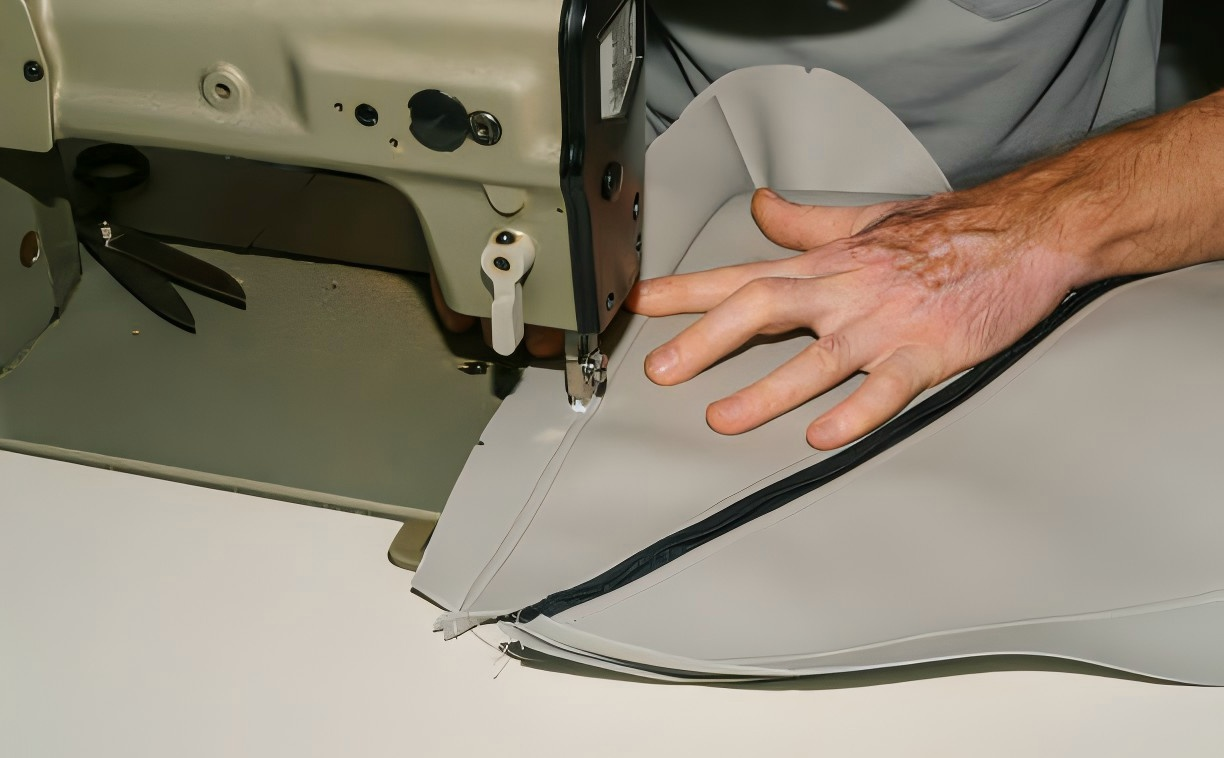
5. Iestatiet pārdošanas kanālus
Jauniem uzņēmumiem tādas platformas kā Etsy vai Amazon ir rentablas, lai sasniegtu globālu auditoriju, savukārt pielāgota Shopify vietne piedāvā kontroli pār zīmolu. Eksperimentējiet ar abām metodēm, lai noteiktu, kura vislabāk atbilst jūsu mērķa tirgum un budžetam. Atlaižu vai reklāmas piedāvājumu nodrošināšana pircējiem pirmo reizi var piesaistīt lojālu klientu bāzi
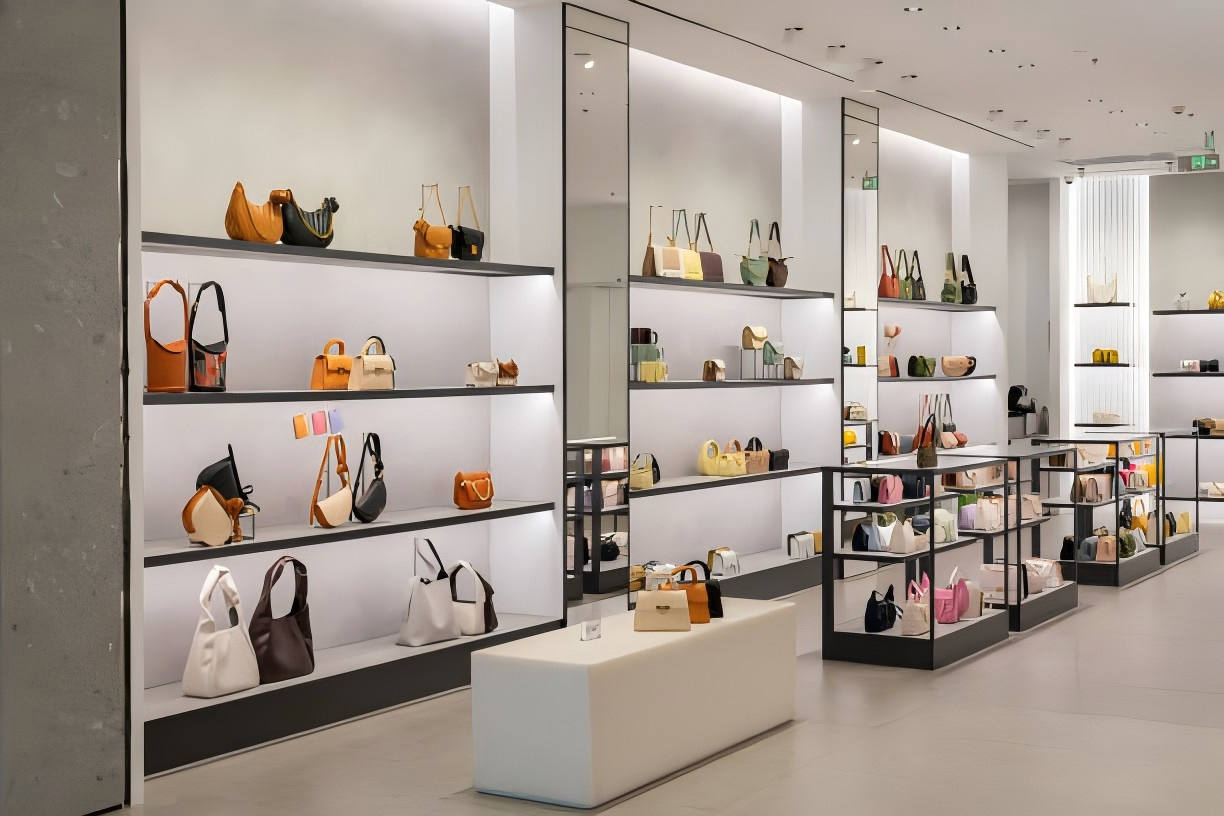
2. Izstrādājiet biznesa plānu un zīmola identitāti
Jūsu biznesa plānā jāiekļauj mērķi, mērķauditorija, sākuma izmaksas un paredzamās ieņēmumu plūsmas. Vienota zīmola identitātes izveide, tostarp nosaukums, logotips un misija, palīdz atšķirt jūsu produktus tirgū. Spēcīgas tiešsaistes klātbūtnes izveide sociālo mediju platformās, piemēram, Instagram un Pinterest, ir būtiska, lai sazinātos ar savu auditoriju.
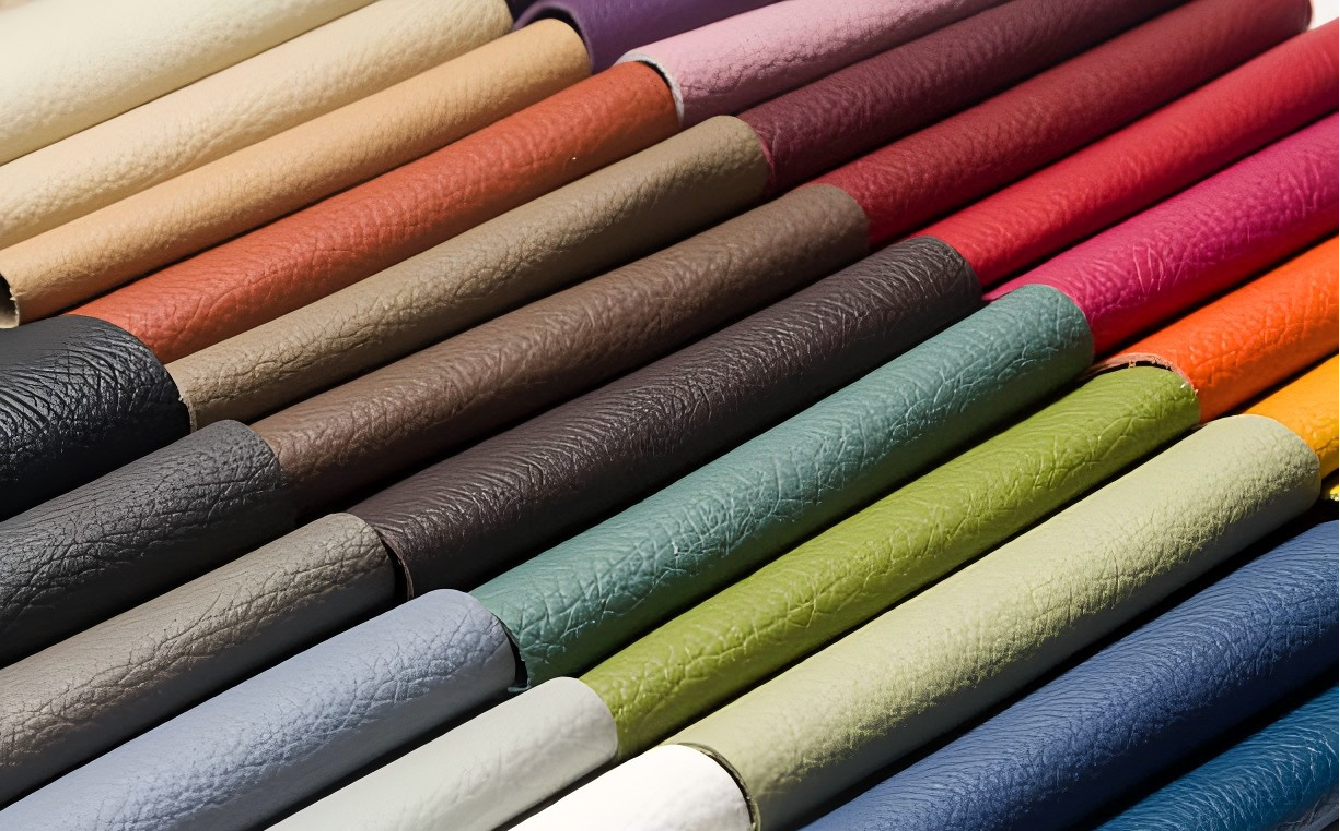
4. Prototips un pārbaudiet savus dizainus
Prototipu izstrāde ļauj pārbaudīt dizaina funkcionalitāti un apkopot atsauksmes. Sāciet ar nelielu partiju un apsveriet iespēju piedāvāt ierobežotas tirāžas gabalus, lai novērtētu pieprasījumu pirms lielapjoma ražošanas. Dizaina un materiālu pielāgojumi, pamatojoties uz sākotnējām atsauksmēm, var ievērojami uzlabot galaproduktu un klientu apmierinātību
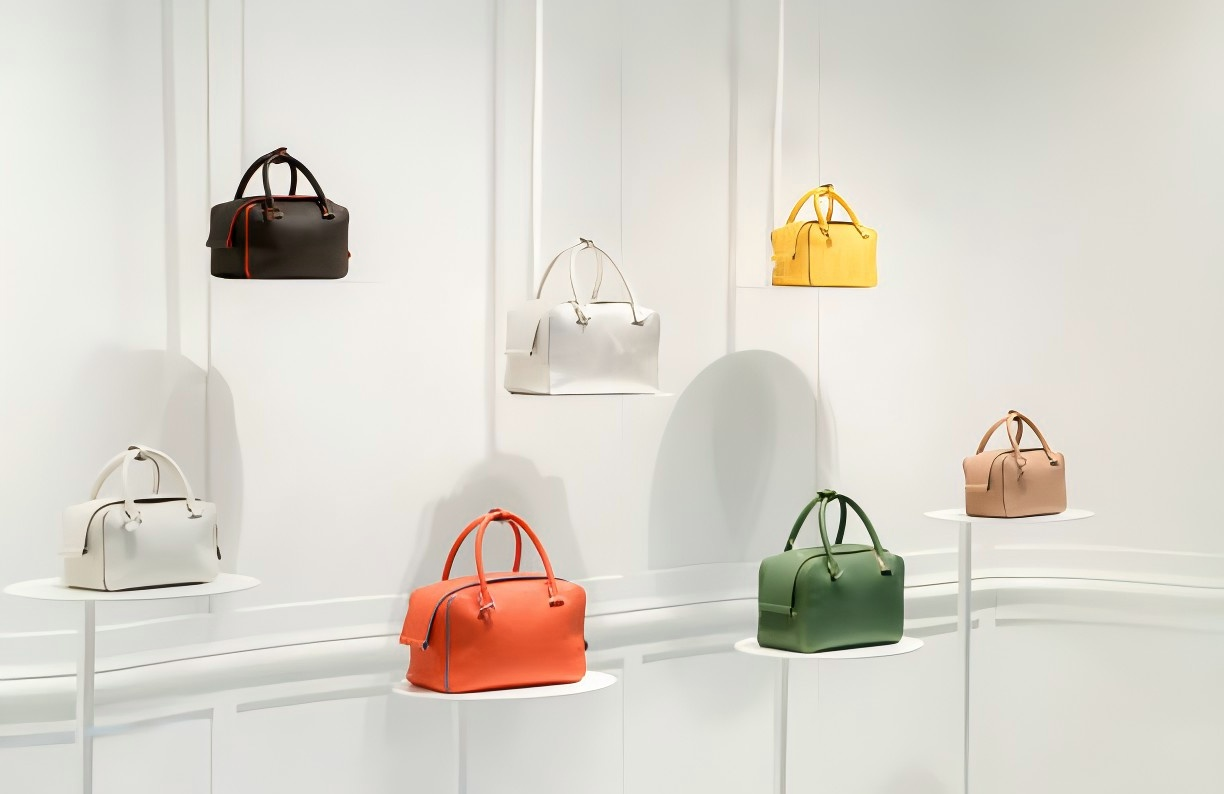
Apskatiet mūsu pielāgoto apavu un somu pakalpojumu
Skatiet mūsu pielāgošanas projektu lietas
Izveidojiet savus pielāgotos produktus tūlīt
Izlikšanas laiks: Nov-08-2024


